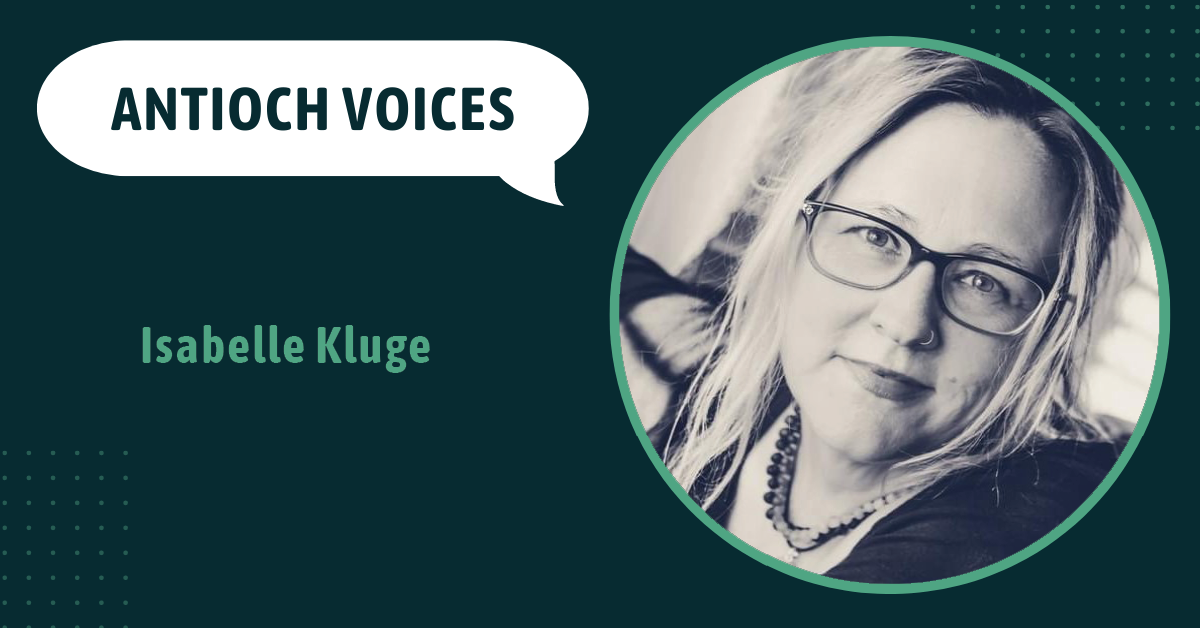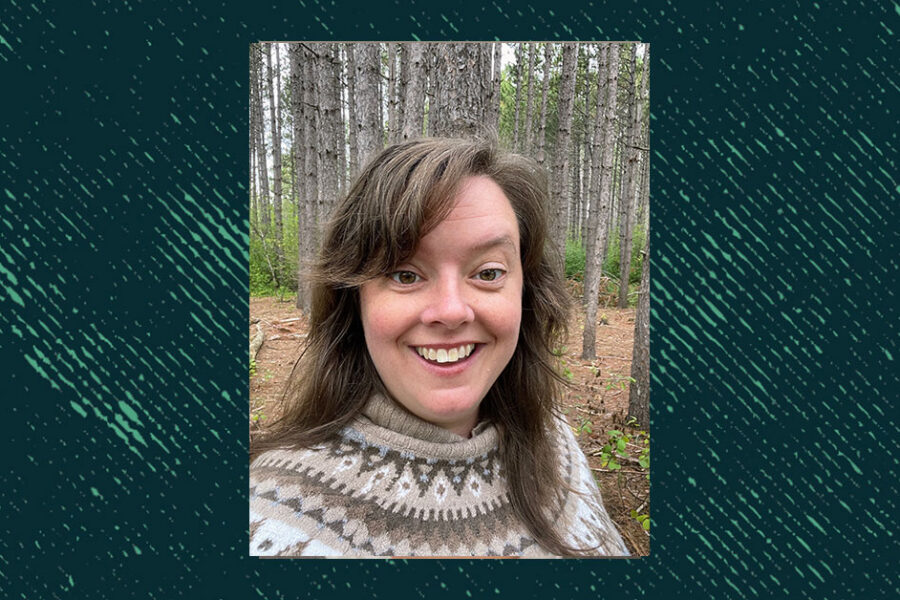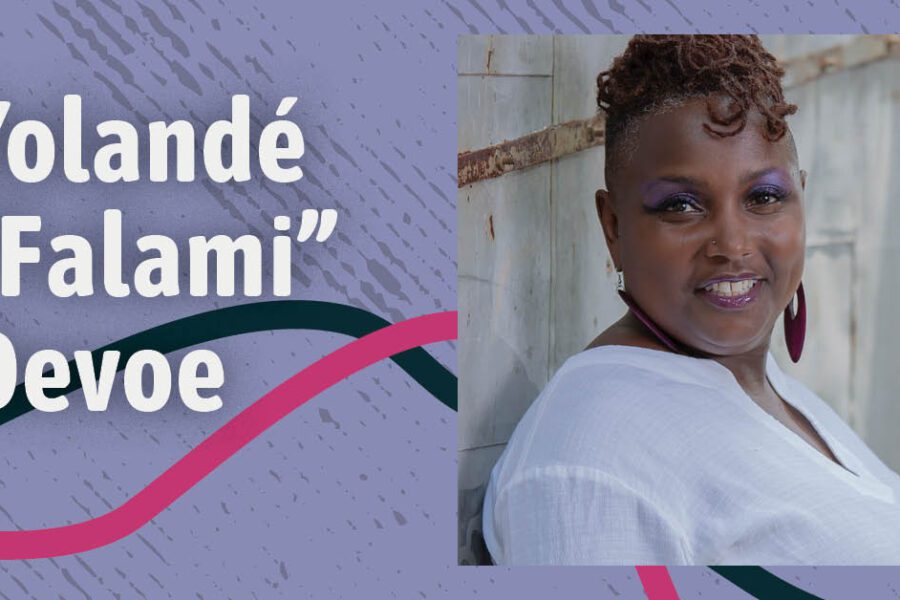Earlier this year, I moved from a suburb in Texas to a neighborhood in downtown Seattle. I was immediately confronted with the issue of homelessness in Seattle. In particular, I noticed a majority of the homeless I saw were youth and young adults. As a mom and teacher, I cannot ignore them. Others may walk past them as if they were invisible, but I see them. I see their suffering. I cannot help but wonder what might have led them to become homeless, who or what has failed them, and what dangers lurk on the streets for them. These homeless youth are my neighbors. They are without family and without shelter. For the first time, I had to explain to my children why there are tents on the side of the road, why some people sleep on the sidewalk in sleeping bags, why some people do not have homes or food, and why the city streets are not safe for them or anyone.
I decided to write this article because November is National Youth Homeless Awareness Month, and I have recently been made aware of the plight of homeless youth. Statistics show that more than 2.5 million youth experience homelessness each year. Homelessness is a major social concern, and youth may be the most at risk of becoming homeless. Homeless youth are defined as individuals who lack a fixed, regular, and adequate nighttime residence and include youth who share the housing of others due to loss of housing or economic hardship or who live in motels, cars, parks, or emergency shelters. National estimates among teens and young adults ages 13–25 indicate that 1 in 30 teens (ages 13–17) and nearly 1 in 10 young adults (ages 18–25) experienced some form of homelessness during a 12-month period. Why is this happening?
I discovered that youth experience homelessness for many reasons, including involvement with the juvenile justice system or child welfare systems, abuse, neglect, and severe family conflict. Family conflict is cited as the main reason youth give for their homelessness. Other contributing factors include poverty, housing insecurity, racial disparities, mental health, and substance abuse challenges. I took a look at the statistics in my county and discovered that 53% of homeless youth are youth of color, and 27% are LGBTQ. In addition, I also found out that many homeless are youth who have aged out of the foster care system and have nowhere to go and no support.
According to the National Foster Youth Institute, more than 23,000 youth age out of foster care each year, and these youth face multiple factors that increase their risk of homelessness. In my county, 34% of youth aging out of foster care become homeless within a year. Many experiencing homelessness view the foster care system as the beginning of their homelessness. They describe their experience as part of a larger pattern of instability. Finding safe and stable housing is challenging for youth exiting the foster care system due to interrelated disparities, such as lack of financial support, lower educational attainment, and limited employment opportunities. This is not ok! Systems designed to protect children are currently the ones failing them.
What struck me the most is how vulnerable homeless youth are to a range of dangerous and negative experiences such as violence, drugs, exploitation, and victimization. Research shows that youth who experience homelessness are at high risk for physical and mental health problems, violence, early pregnancy, school dropout, substance use, and early death. Youth affected by homelessness also have high rates of involvement in the juvenile justice system, are more likely to engage in delinquent behavior in substance abuse, and are more likely to meet the criteria for mental illness. This should be a wake-up call for us as a society. We should be protecting our youth and not discarding them to the dangers of the streets. Something must be done.

Isabelle Kluge
Isabelle Kluge is an educator, a photographer, and a 3rd year EdD student at Antioch University. Her research interests include neurodiversity, autism, disability studies, and the school-to-prison pipeline.





